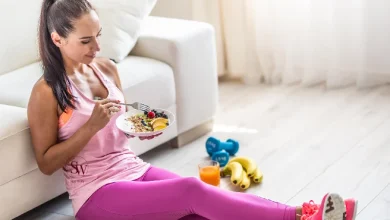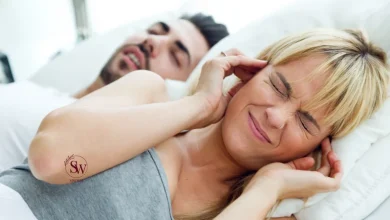Are Sleep Sacks Safe for Newborns
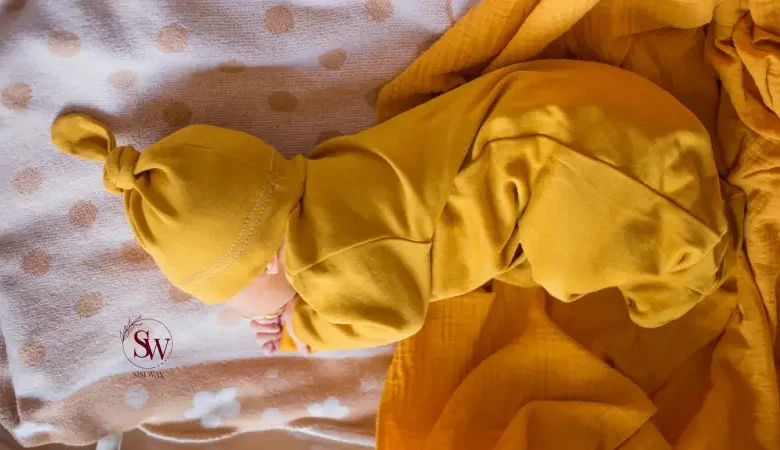
Are Sleep Sacks Safe for Babies?
When it comes to ensuring the safety and comfort of our little ones during sleep, choosing the right sleepwear is crucial. Sleep sacks, also known as wearable blankets, have gained popularity as an alternative to traditional blankets for infants. However, many parents may wonder if sleep sacks are safe. In this article of sisiway, we will explore the benefits, safety considerations, and guidelines associated with using sleep sacks for babies.
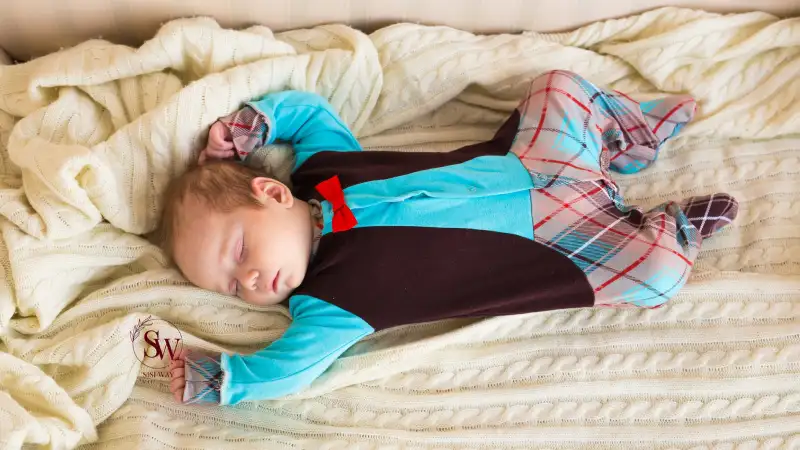
The Benefits of Sleep Sacks:
Sleep sacks offer several advantages over traditional blankets. We have already discussed some of the most important benefits of sleep sacks that can make it easier to answer the question, “Are sleep sacks safe for newborns?” In fact, using this sleep aid can provide peace of mind to parents regarding their newborn’s sleeping experience.
Read more: How to Get 8 Hours of Sleep?
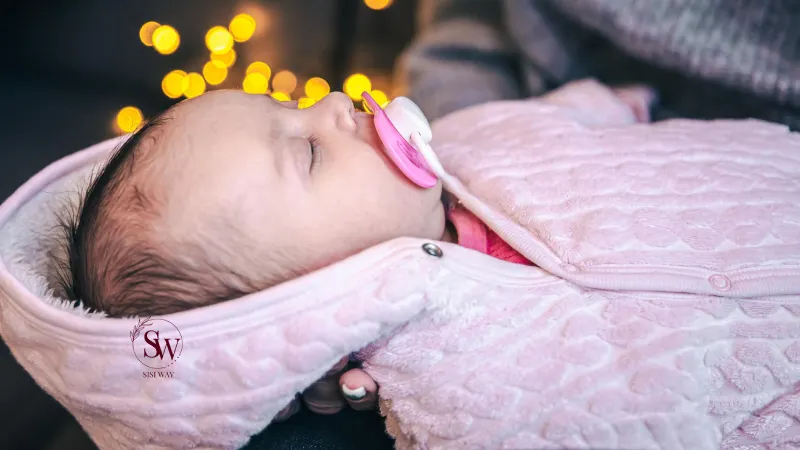
Reduced risk of suffocation
One of the key benefits of using sleep sacks is the reduced risk of suffocation. Traditional blankets can pose a danger if they come loose or cover a baby’s face during sleep. Sleep sacks, on the other hand, eliminate this risk by securely enclosing the baby’s body while allowing for proper airflow. The design of sleep sacks ensures that the baby’s face remains uncovered, minimizing the chances of suffocation and providing parents with peace of mind. By providing a safe and snug sleep environment, sleep sacks offer a practical solution to help reduce the risk of suffocation and promote a safe sleep experience for babies.
Maintaining optimal body temperature
Sleep sacks play a crucial role in maintaining the optimal body temperature of infants during sleep. These specially designed wearable blankets provide warmth without the risk of overheating, which is essential for a baby’s safety and comfort. Sleep sacks are made from breathable and lightweight fabrics that allow proper airflow, preventing the baby from becoming too hot or cold during sleep. This helps regulate the baby’s body temperature, reducing the risk of Sudden Infant Death Syndrome (SIDS) and ensuring a comfortable sleep environment. By promoting a balanced and cozy temperature, sleep sacks contribute to the overall well-being and peaceful sleep of babies.
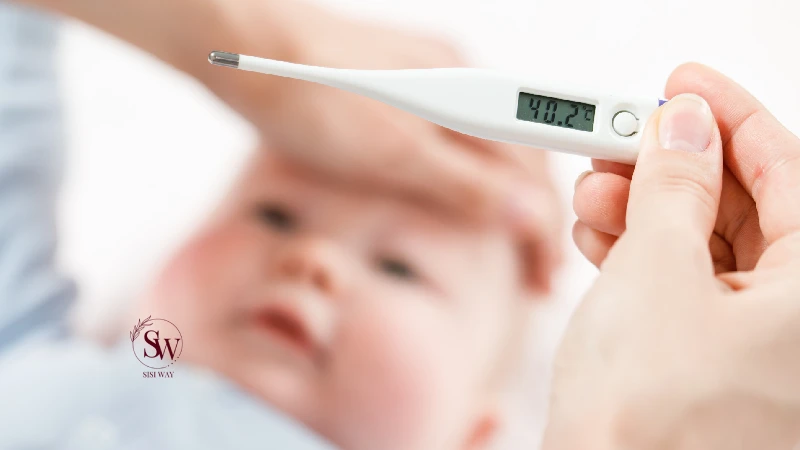
Promoting healthy sleep habits
Sleep sacks are known for promoting healthy sleep habits in infants. By creating a secure and cozy sleep environment, sleep sacks mimic the sensation of being swaddled, which can help soothe babies and promote better sleep patterns. The snug fit of sleep sacks provides a gentle pressure around the baby’s body, offering a sense of comfort and security. This can contribute to longer and more restful sleep periods, as well as make the transition from swaddling to independent sleep easier for the baby. Additionally, sleep sacks discourage the use of loose blankets, reducing the risk of entanglement or suffocation. Overall, sleep sacks serve as a beneficial tool in establishing healthy sleep habits and ensuring a safe and comfortable sleep routine for infants.
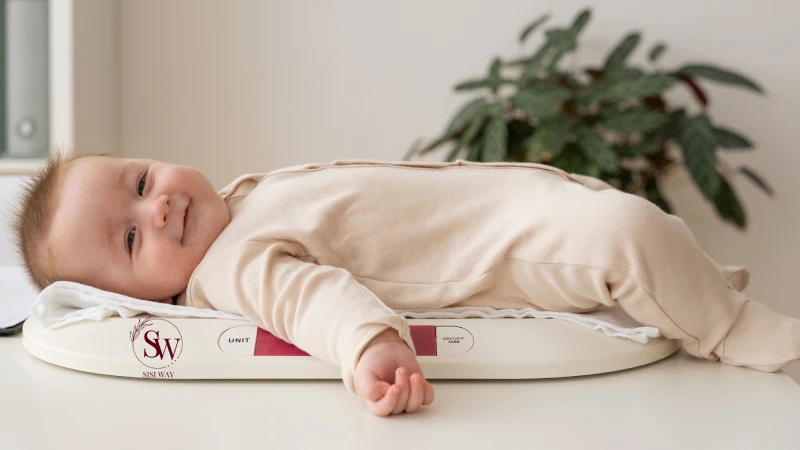
Safety Considerations
While sleep sacks are generally considered safe, it is essential to keep the following factors in mind:
Size and Fit
The size and fit of sleep sacks are crucial safety considerations when using them for infants. It is important to choose a sleep sack that fits properly and snugly around the baby’s body. A well-fitting sleep sack reduces the risk of the baby slipping inside the sack or getting entangled in loose fabric, which could pose a suffocation hazard. The neck and armholes of the sleep sack should be snug enough to prevent the baby from slipping their head through them. It is essential to follow the manufacturer’s guidelines regarding sizing and choose the appropriate size based on the baby’s weight and height. Regularly checking the fit of the sleep sack as the baby grows is also important to ensure continued safety and comfort.
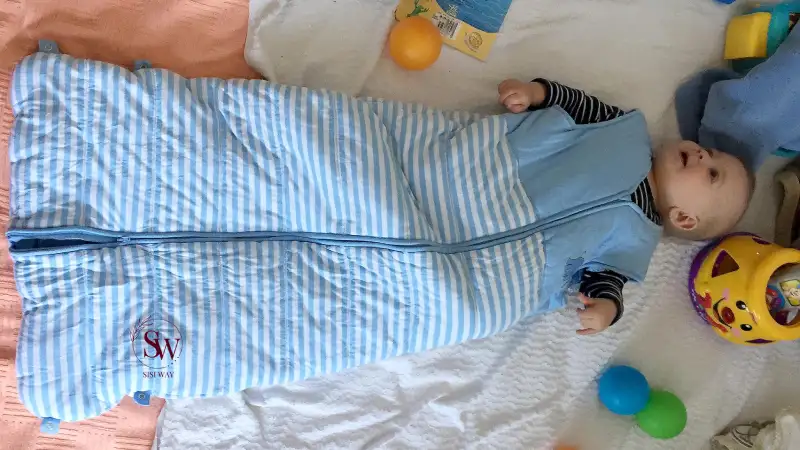
Fabric and Construction
The choice of fabric and construction of sleep sacks is an important safety consideration when selecting sleepwear for infants. Opt for sleep sacks made from breathable, lightweight fabrics that allow for proper airflow and temperature regulation. Fabrics such as cotton or bamboo blends are popular choices as they are soft, hypoallergenic, and gentle on the baby’s delicate skin. Additionally, pay attention to the construction of the sleep sack, ensuring that it has secure closures such as zippers or snaps. This helps to prevent the baby from opening the sleep sack and potentially getting entangled. It is also important to regularly inspect the sleep sack for any signs of wear and tear, ensuring that all closures are in good working condition to maintain the safety and integrity of the sleep sack.
Appropriate Age and Development
Considering the appropriate age and developmental stage of the baby is an important safety consideration when using sleep sacks. Sleep sacks are typically designed for infants who have outgrown swaddling and can roll over independently. Once a baby starts rolling, it is generally recommended to transition to a different sleep option as sleep sacks may restrict movement. Babies who can roll over have increased mobility during sleep, and a sleep sack may hinder their ability to move freely, potentially posing a risk. It is crucial to follow the developmental milestones of the baby and consult with healthcare professionals to determine the most suitable sleepwear options based on their age and stage of development, ensuring their safety and well-being during sleep.
Are Sleep Sacks Safe for Babies who Roll?
When babies start rolling over independently, it is generally recommended to discontinue the use of sleep sacks. Rolling indicates increased mobility and the ability to change positions during sleep. Sleep sacks can restrict movement and potentially pose a risk if the baby rolls onto their stomach and is unable to move freely. It is important to provide a safe sleep environment for rolling babies, and using a sleep sack may no longer be the best option at this stage.
Instead of sleep sacks, parents can consider using a wearable blanket or a sleep suit that allows for more mobility. These sleep options provide warmth and comfort while allowing the baby to move freely and change positions. As always, it is crucial to follow safe sleep practices, such as placing the baby on their back to sleep, ensuring a safe sleep environment free from loose bedding, and maintaining a comfortable room temperature. Consulting with a pediatrician can provide personalized guidance on the best sleep options for babies who have started rolling.
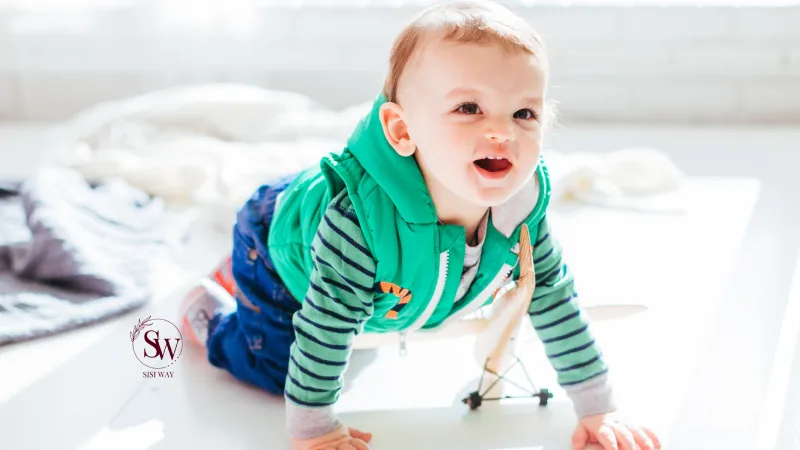
Should Newborns Use Sleep Sacks?
Using sleep sacks for newborns can be a safe and beneficial option for promoting a comfortable and secure sleep environment. Sleep sacks eliminate the risk of suffocation associated with loose blankets, providing peace of mind for parents. They also help regulate the baby’s body temperature, reducing the risk of overheating or getting too cold during sleep. However, it is important to choose the appropriate size and follow safe sleep guidelines, such as placing the baby on their back to sleep. Consulting with healthcare professionals can provide personalized advice based on the specific needs and development of the newborn, ensuring that sleep sacks are used safely and effectively.
Guidelines for Safe Use:
To ensure the safe use of sleep sacks, follow these guidelines:
- Always place your newborn on their back to sleep. This is the safest sleep position to reduce the risk of Sudden Infant Death Syndrome (SIDS).
- Choose sleep sacks with a TOG (Thermal Overall Grade) rating suitable for the room temperature. TOG ratings indicate the warmth level of the sleep sack.
- Regularly check the sleep sack for signs of wear and tear, ensuring that all closures are secure.
- Avoid overdressing your baby underneath the sleep sack. Dress them in light clothing suitable for the room temperature.
- In addition to using sleep sacks, adhere to other safe sleep guidelines, such as keeping the sleep environment free from loose bedding, pillows, or stuffed animals that could pose suffocation risks.
FAQ
- Are sleep sacks safe for newborns?
Sleep sacks can be safe for newborns when used correctly. They provide a secure and cozy sleep environment, reducing the risk of suffocation and promoting healthy sleep habits. However, it’s important to choose the appropriate size that fits snugly and follow safe sleep guidelines, such as placing the baby on their back to sleep.
- Can sleep sacks cause overheating in newborns?
Sleep sacks are designed to maintain optimal body temperature in newborns. They are typically made from breathable, lightweight fabrics that allow proper airflow, reducing the risk of overheating. It’s essential to choose a sleep sack with an appropriate TOG rating suitable for the room temperature to ensure the baby stays comfortable.
- At what age should newborns stop using sleep sacks?
Newborns can safely use sleep sacks until they start rolling independently. Once a baby can roll over, usually around 4-6 months of age, it is generally recommended to transition to a different sleep option as sleep sacks may restrict movement. It’s important to closely monitor your baby’s developmental milestones and consult with healthcare professionals for personalized guidance.
Conclusion:
Sleep sacks can provide a safe and comfortable sleep environment for infants, reducing the risk of suffocation and promoting healthy sleep habits. By selecting the right size, fabric, and following the recommended guidelines, parents can ensure that their little ones sleep soundly and securely. However, it is always important to stay informed about the latest safety recommendations and consult with pediatricians for personalized advice. Remember, each baby is unique, and their individual needs should be taken into consideration when choosing sleepwear.
Also read: Are Travel Pillows Worth It?

